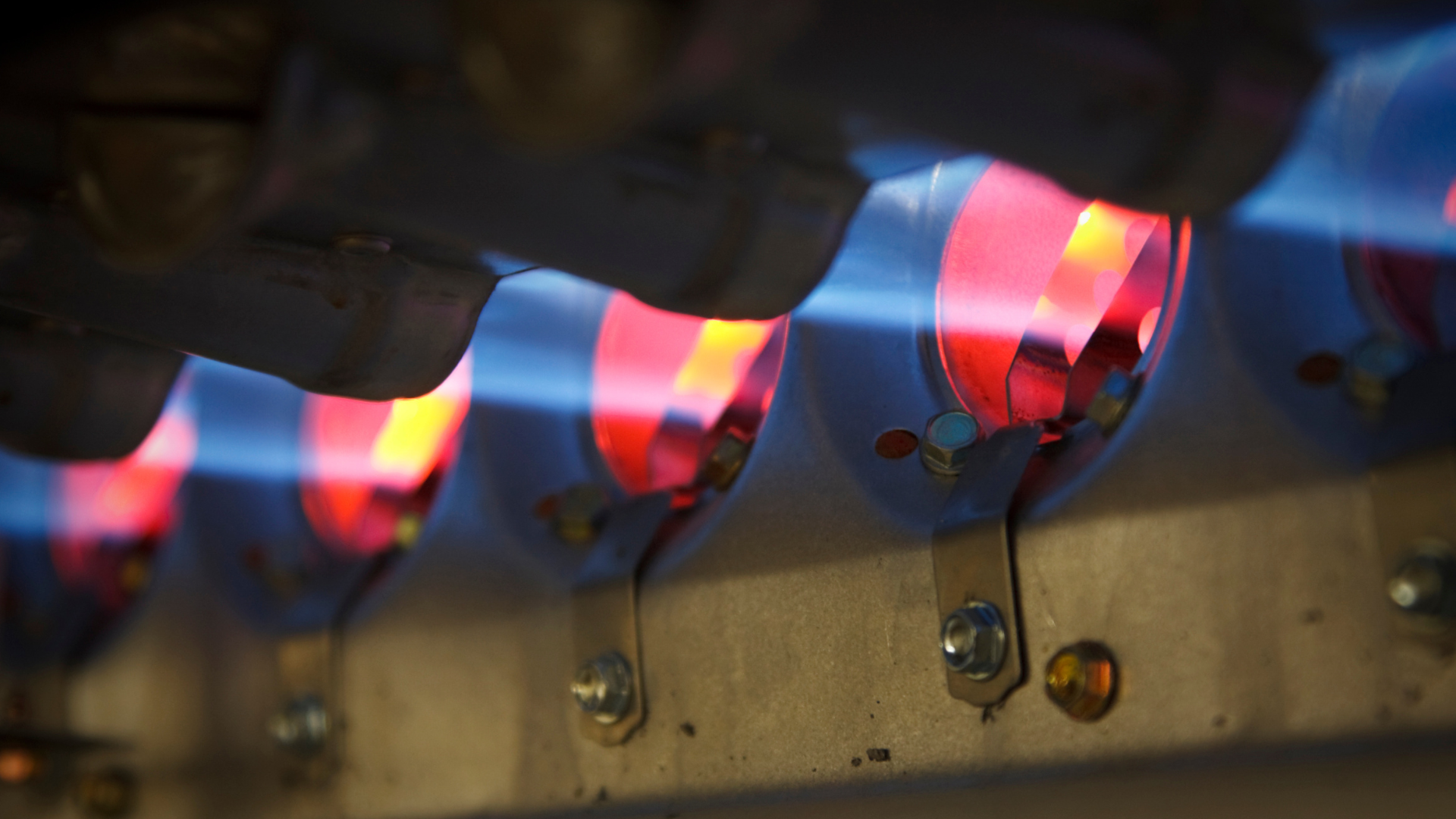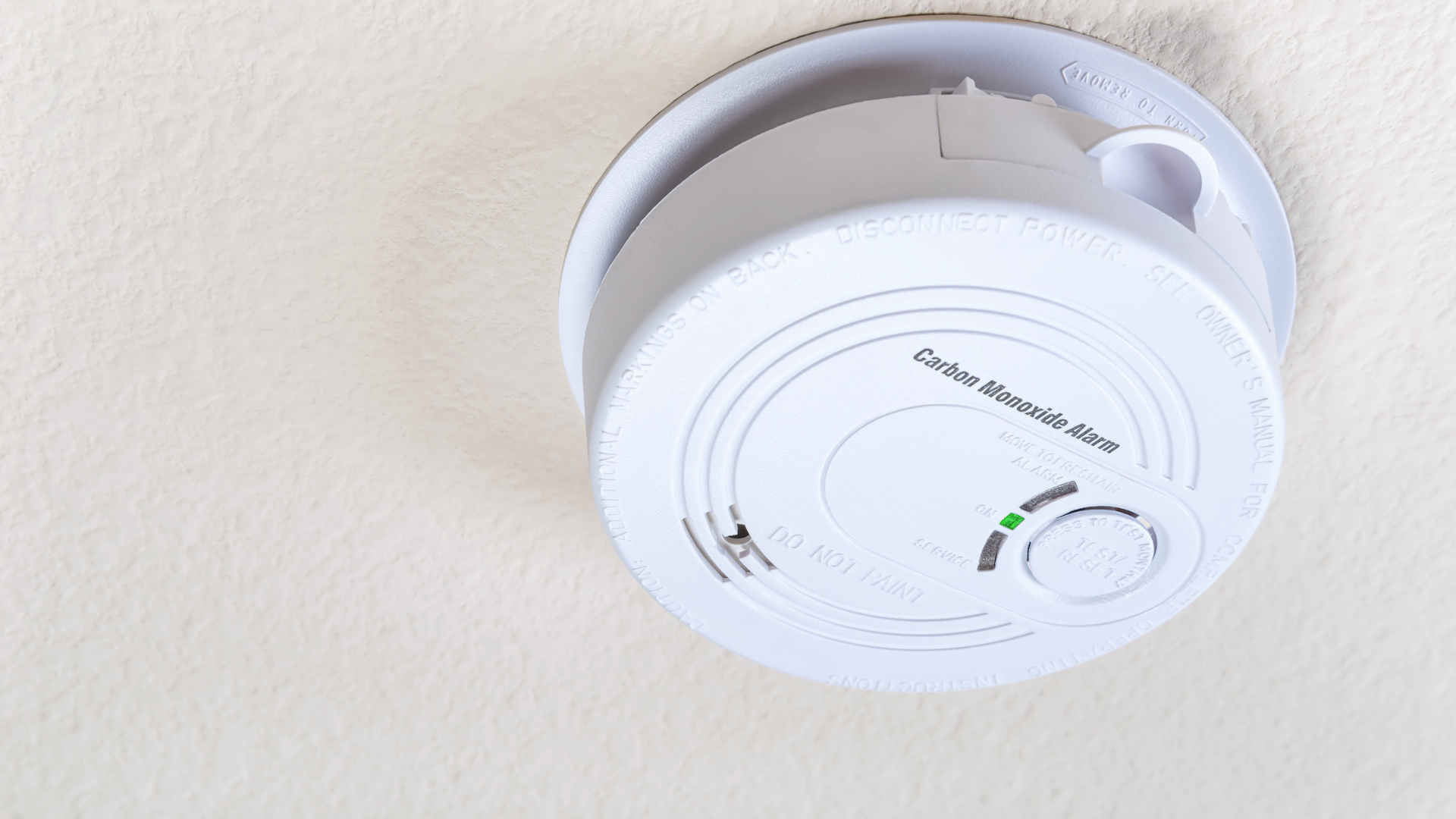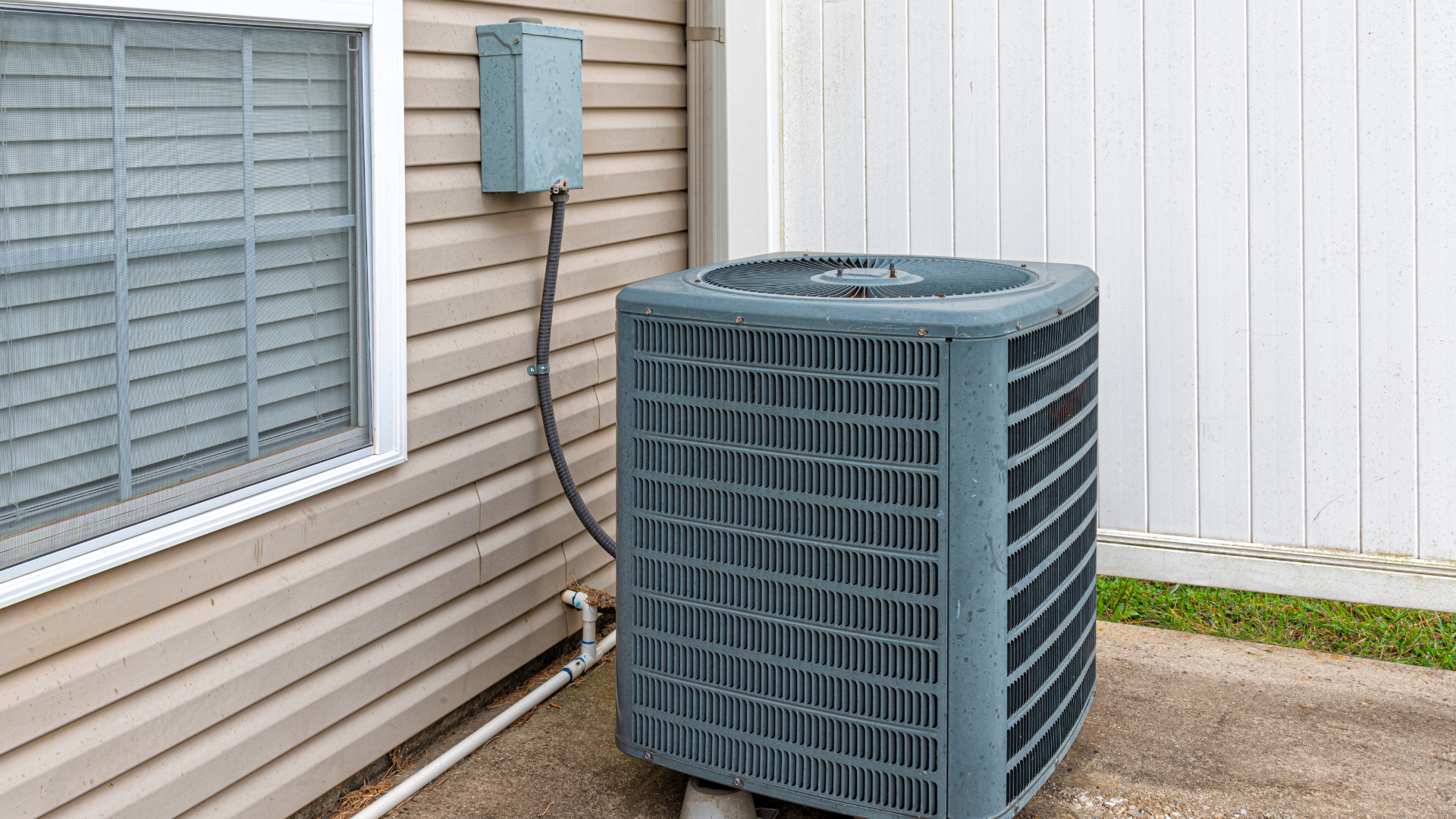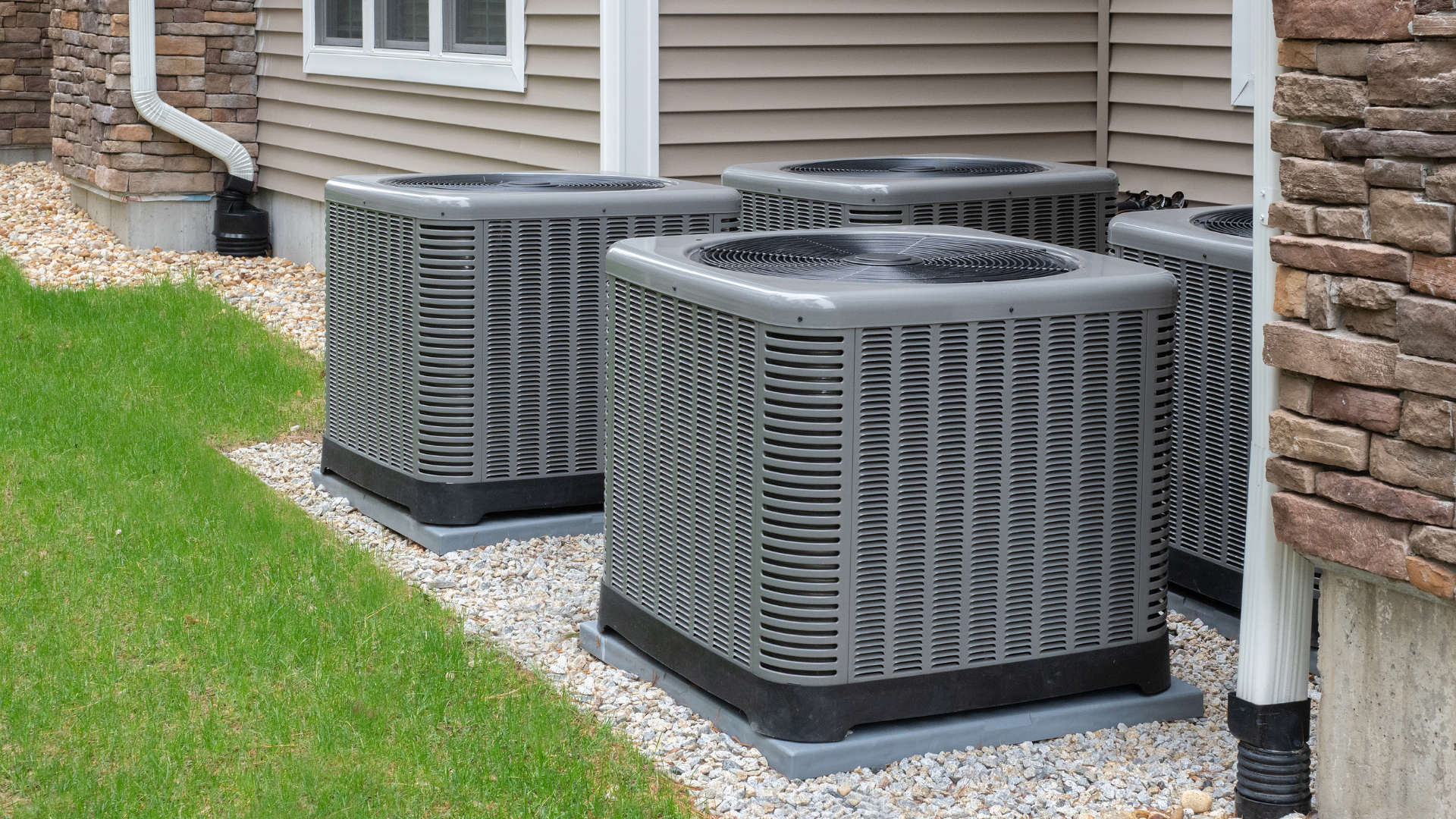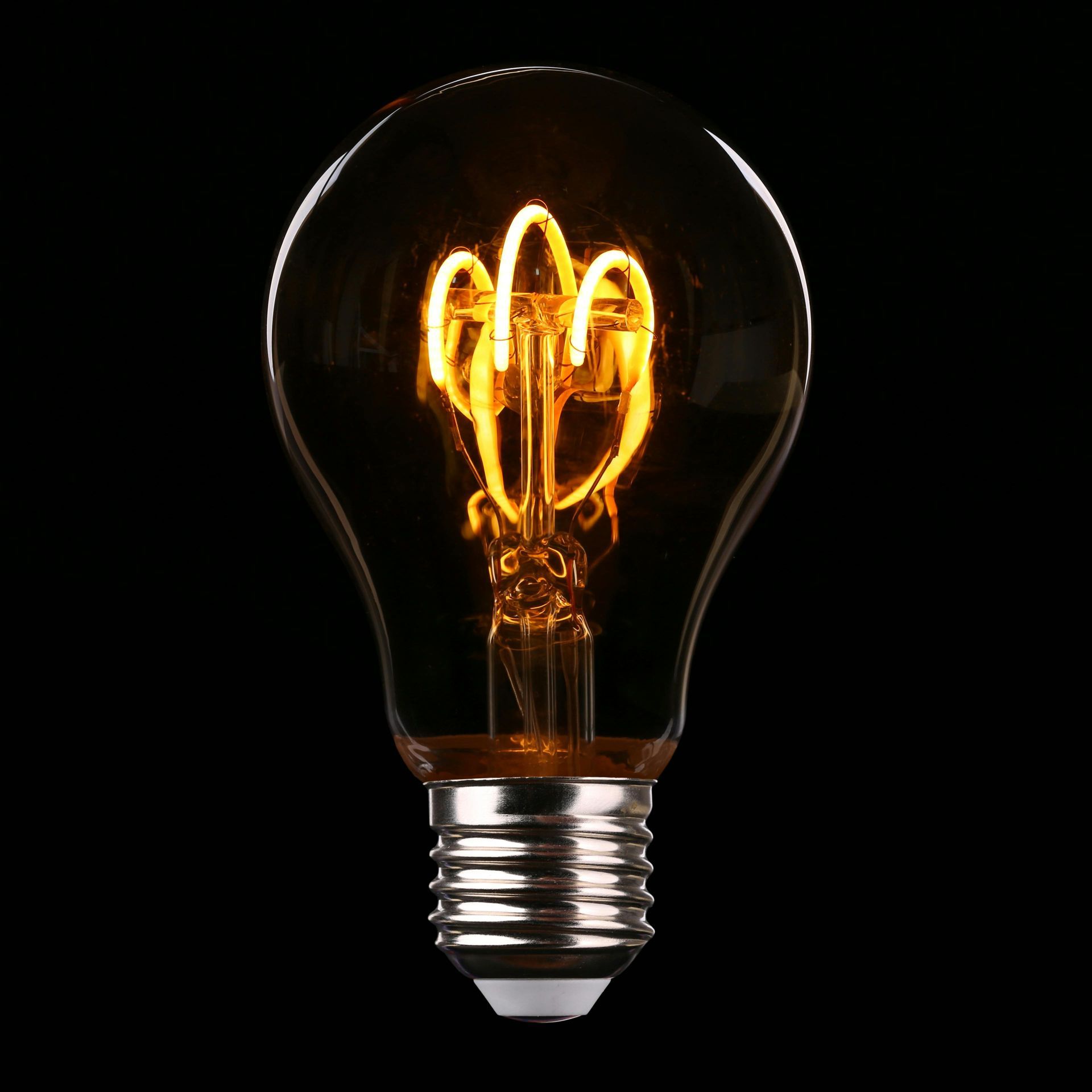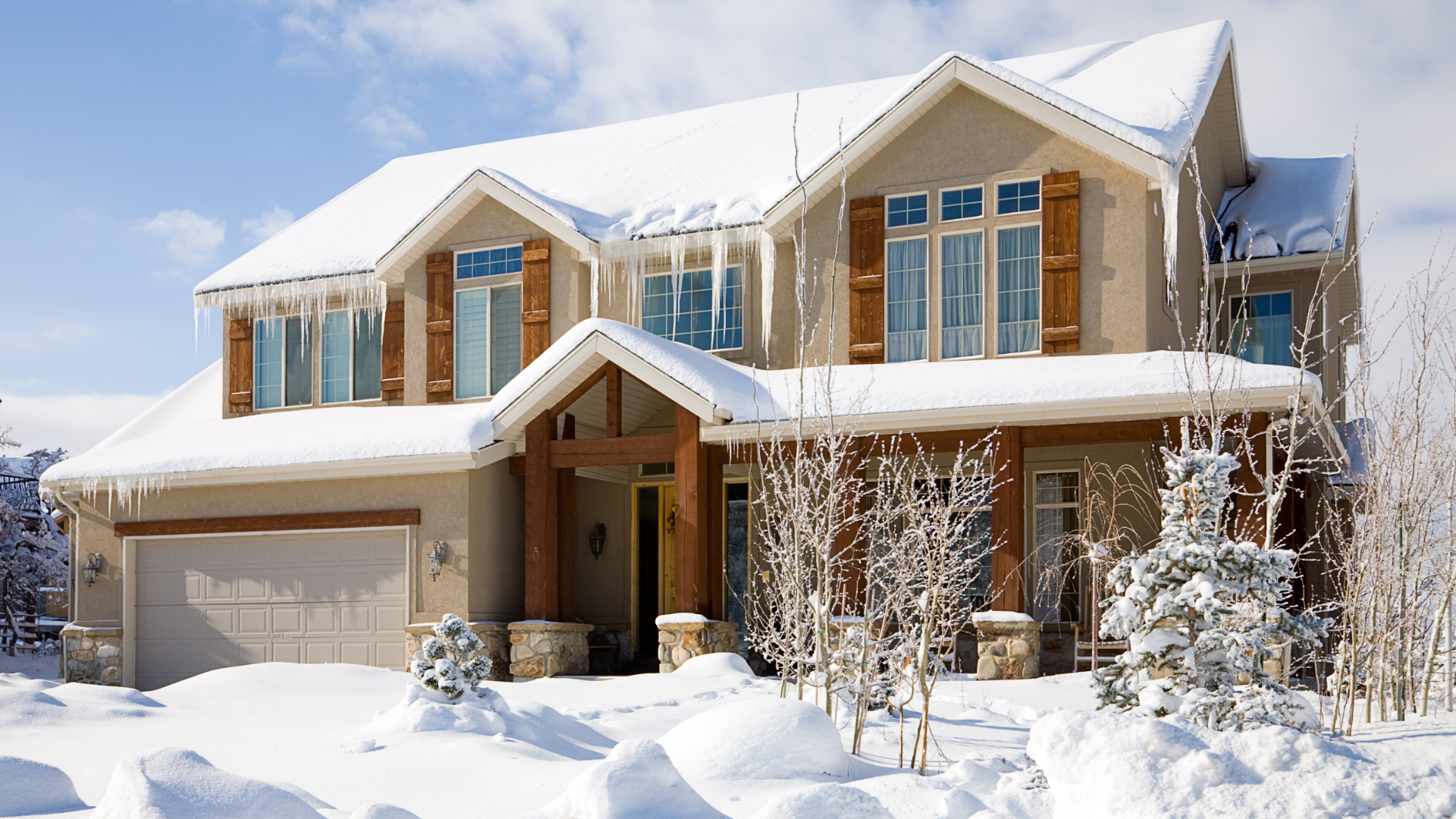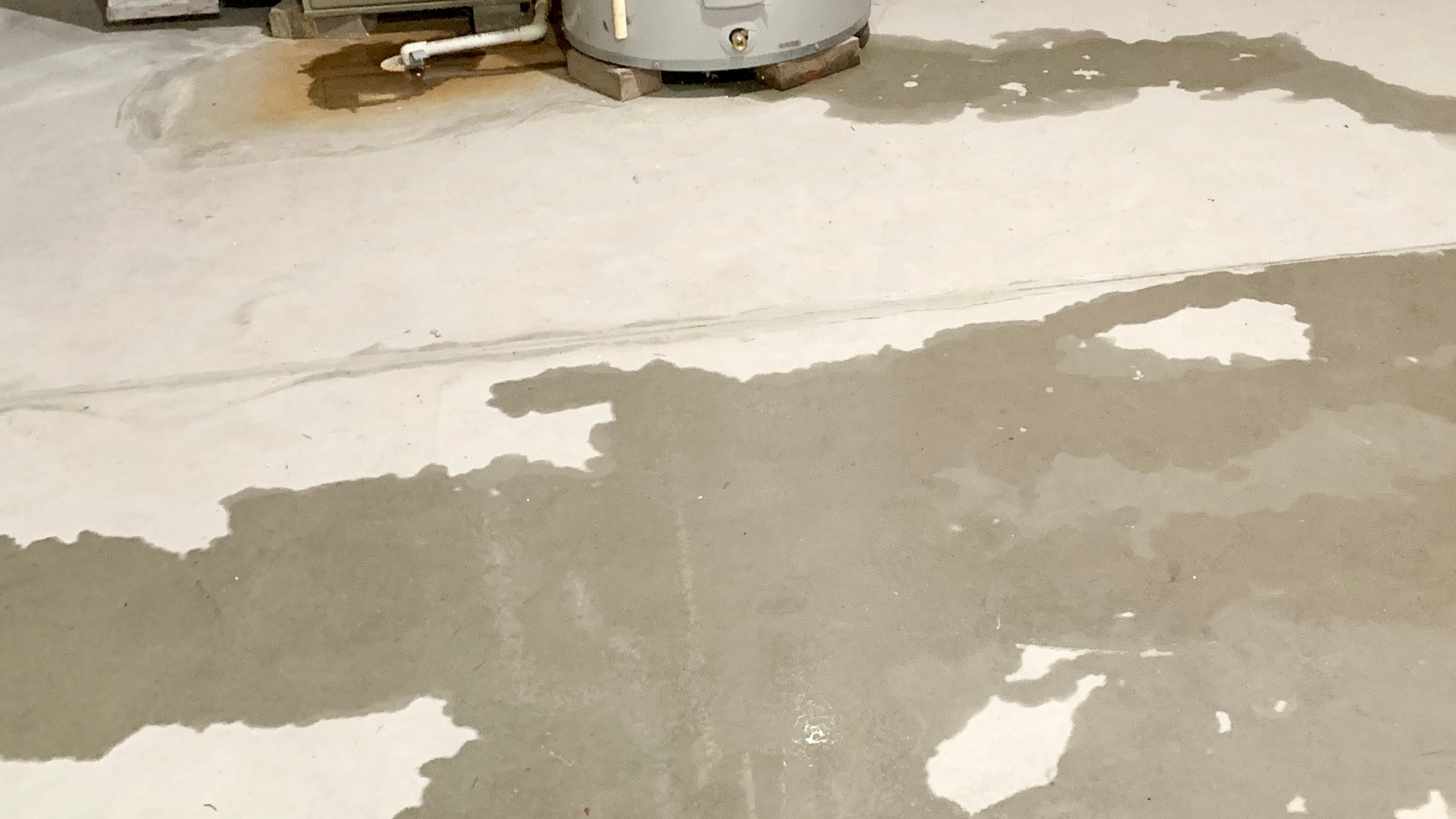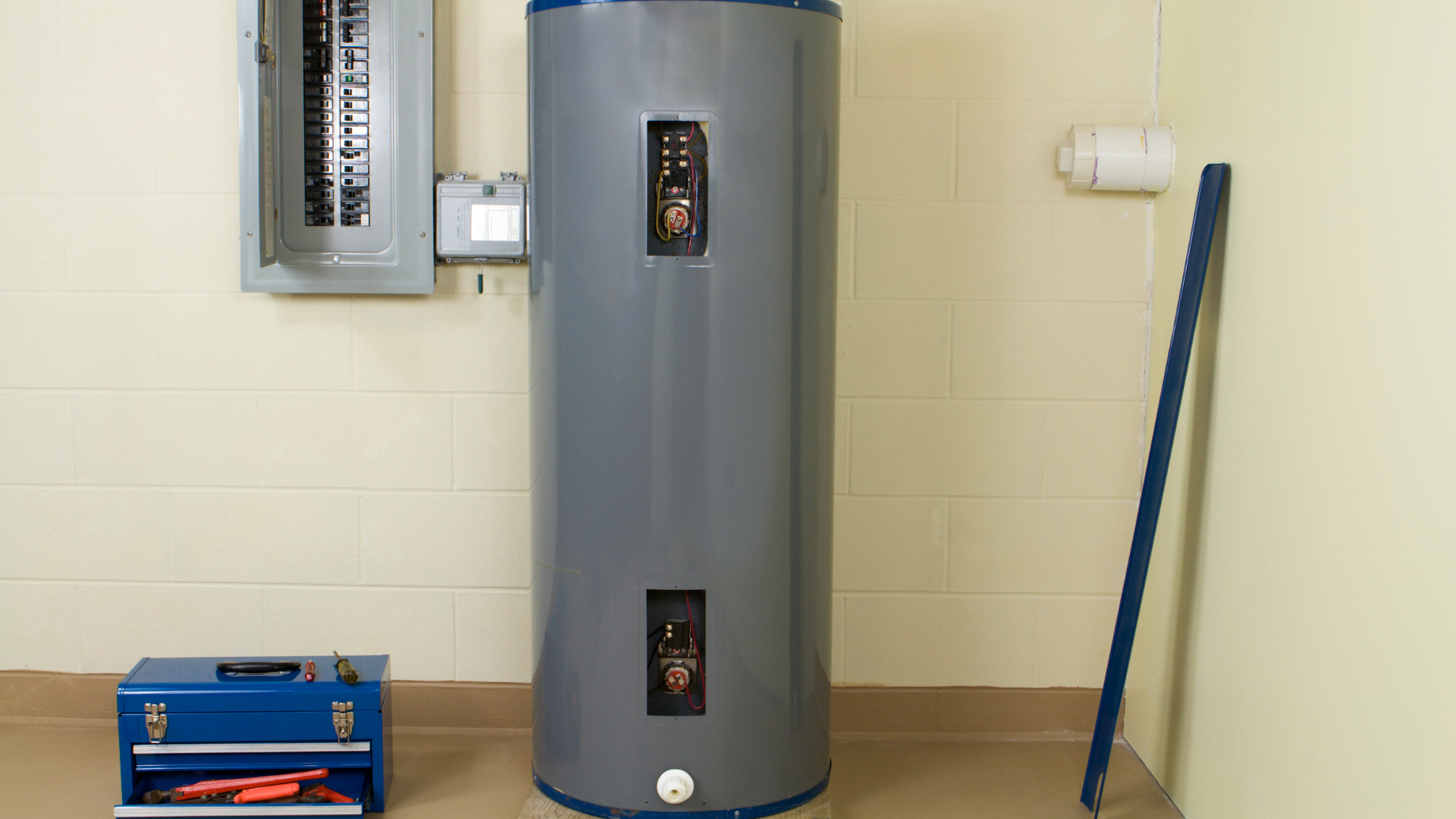Heat Pump vs. Air Conditioner: Understanding the Differences and Similarities for Your Home
Understanding the Differences and Similarities for Your Home
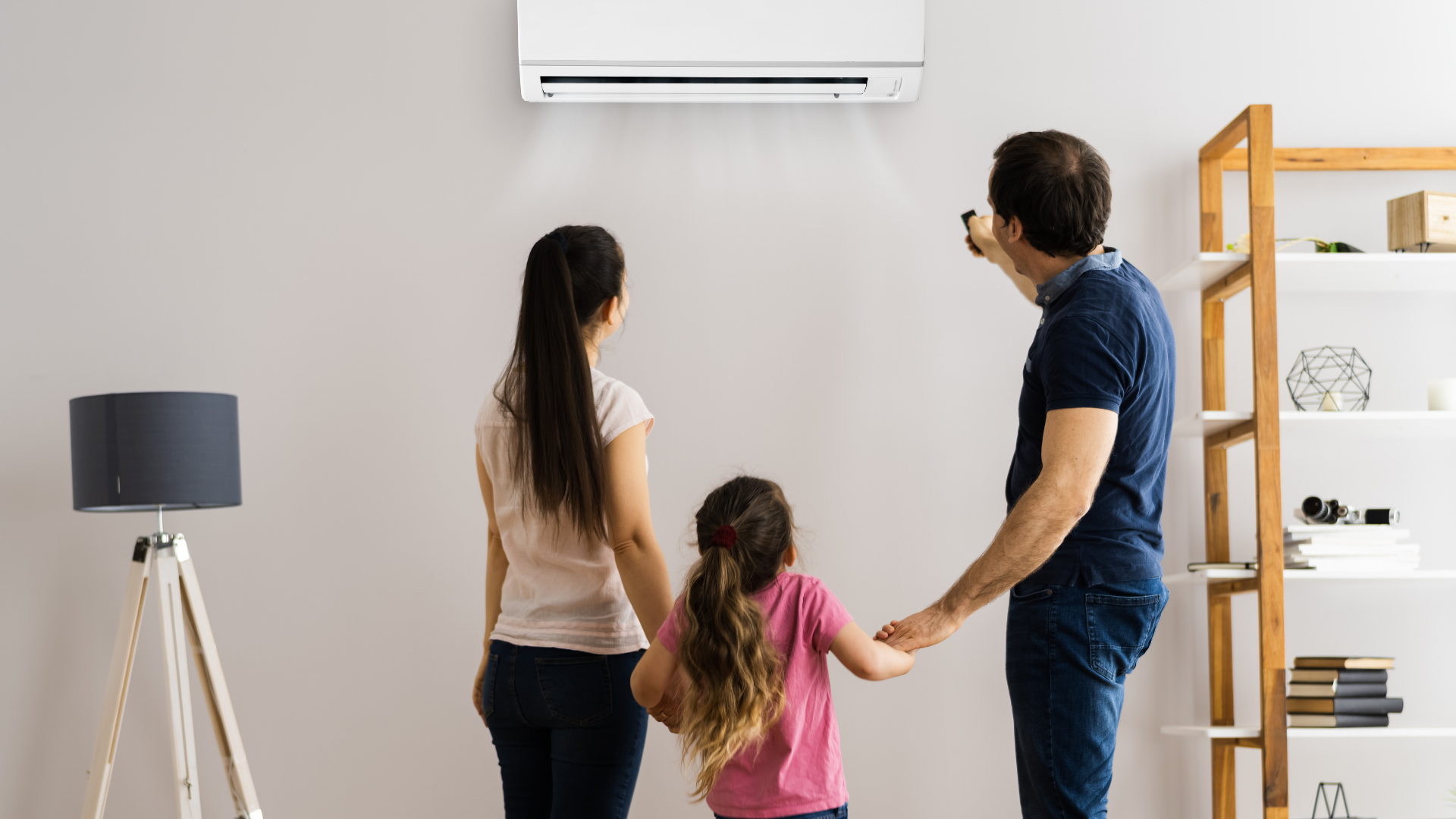
When it comes to keeping your home comfortable, especially during those sweltering summer months or surprisingly chilly shoulder seasons, you've likely heard of both air conditioners and heat pumps. While both systems play a crucial role in managing your indoor climate, they operate with distinct functionalities and offer different benefits. Understanding these differences and similarities is key to making an informed decision for your home's HVAC needs.
At a fundamental level, both heat pumps and air conditioners are designed to move heat. They don't create cold; instead, they extract heat from one area and move it to another, leaving the original area cooler. This core principle is where their similarities begin, but also where their divergences become apparent.
The Core Difference: Reversible Functionality
The most significant distinction between a heat pump and a traditional air conditioner lies in their reversibility.
- Air Conditioner: A conventional air conditioner is a one-way street when it comes to heat transfer. Its primary function is to cool your home by absorbing heat from the indoor air and expelling it outside. It's designed specifically for cooling and does not have the capability to provide heating.
- Heat Pump: A heat pump, on the other hand, is a two-way street. It can cool your home in the summer by moving heat from indoors to outdoors, just like an air conditioner. However, when the weather turns cold, it can reverse its operation. Instead of expelling heat outside, it extracts heat from the outdoor air (even in surprisingly cold temperatures) and transfers it indoors, effectively heating your home. This makes a heat pump an all-in-one heating and cooling solution.
How They Work: A Closer Look
Despite their functional differences, the underlying principles of refrigeration are shared.
Similarities in Operation (Cooling Mode):
In cooling mode, both systems operate almost identically:
- Refrigerant Circulation: Both systems utilize a closed loop of refrigerant, a special chemical that readily absorbs and releases heat.
- Evaporation (Indoor Coil): Warm indoor air passes over an indoor coil (evaporator coil). The liquid refrigerant inside the coil absorbs heat from the air, causing the refrigerant to evaporate into a low-pressure gas. This process cools the air, which is then circulated back into your home.
- Compression: The now gaseous refrigerant travels to a compressor, which increases its pressure and temperature.
- Condensation (Outdoor Coil): The hot, high-pressure gaseous refrigerant flows to an outdoor coil (condenser coil). Here, it releases its absorbed heat to the cooler outdoor air, causing the refrigerant to condense back into a high-pressure liquid.
- Expansion Valve: The liquid refrigerant then passes through an expansion valve, which lowers its pressure and temperature, preparing it to re-enter the indoor coil and repeat the cycle.
Differences in Operation (Heating Mode - Heat Pump Only):
When a heat pump switches to heating mode, it essentially reverses the flow of refrigerant:
- Outdoor Evaporation: The outdoor coil acts as the evaporator, absorbing heat from the cold outdoor air. Even when it's cold outside, there's still heat energy available in the air.
- Indoor Condensation: The indoor coil acts as the condenser, releasing the absorbed heat into your home.
- Reversing Valve: A key component unique to heat pumps is the reversing valve. This valve allows the direction of the refrigerant flow to be reversed, enabling the system to either heat or cool your home.
Key Considerations for Homeowners
When deciding between a heat pump and an air conditioner, consider the following:
- Climate:
- Air Conditioner: Ideal for climates where cooling is the primary concern and heating needs are minimal or handled by a separate furnace.
- Heat Pump: Highly efficient in moderate climates with mild winters, as they can provide both heating and cooling efficiently. In very cold climates, a heat pump may require a supplemental heating source (like electric resistance heat or a furnace) to maintain comfort during extreme lows, as their efficiency can decrease significantly below certain temperatures.
- Energy Efficiency:
- Air Conditioner: Energy efficiency is measured by its SEER (Seasonal Energy Efficiency Ratio). Higher SEER ratings indicate greater efficiency.
- Heat Pump: Offers excellent energy efficiency for both heating (measured by HSPF - Heating Seasonal Performance Factor) and cooling (SEER). Because they move heat rather than generate it, they can be significantly more energy-efficient than traditional furnaces, especially electric furnaces.
- Cost:
- Initial Cost: Heat pumps generally have a higher upfront installation cost than a standalone air conditioner due to their more complex design and dual functionality.
- Operating Cost: While the initial cost may be higher, the lower operating costs of a heat pump, particularly for heating, can lead to significant long-term savings on your energy bills.
- Space and Installation: Both systems require outdoor and indoor units. A heat pump often eliminates the need for a separate furnace, potentially freeing up space in your utility closet or basement.
- Environmental Impact: Heat pumps are often considered more environmentally friendly due to their high energy efficiency and reduced reliance on fossil fuels for heating.
Conclusion
While an air conditioner is a dedicated cooling appliance, a heat pump offers the versatility of both heating and cooling in a single, energy-efficient system. Your choice will ultimately depend on your specific climate, budget, energy efficiency goals, and desired level of home comfort. By understanding the distinct advantages and shared principles of these essential home comfort systems, you'll be well-equipped to make the best decision for your home services needs.
Click Another Article to Read More

